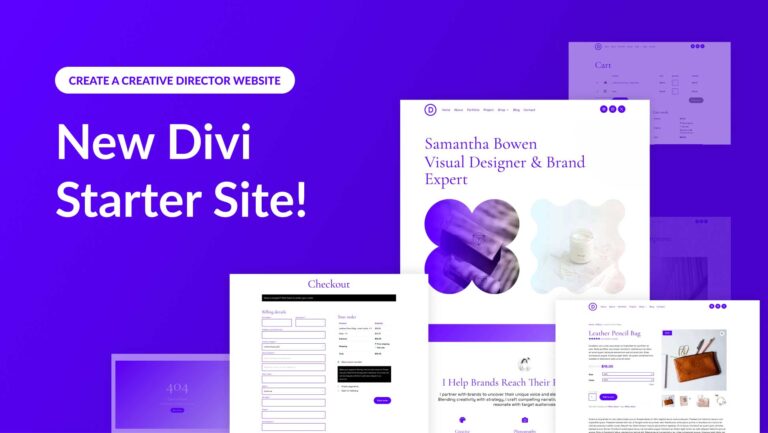When starting a new web design project, it’s important to consider the motivations behind the features we choose to implement. While designers strive to prioritize client needs, sometimes personal interests and trends can influence our decisions without us even realizing it.
For example, I once came across a stunning hero image that I couldn’t resist incorporating into a website I was working on. Technically, it worked well and I was proud of my accomplishment. However, my client wasn’t thrilled with the feature. They pointed out that it distracted users and hindered the site’s goal of driving conversions.
Looking back, I realized that I had added the feature simply because I could, without considering its purpose or how it would benefit the user. It was a selfish decision that didn’t improve the final product.
Instead, when incorporating features into web design, they should serve a purpose and solve a problem or enhance the user experience. Microinteractions, for example, can guide users and draw attention to important information when used appropriately.
It’s easy to get caught up in the desire to showcase cutting-edge features and stay ahead of industry trends. However, if these extras don’t add value to the final product, they should be left out.
Client requests for additional features can also present a challenge. While we want to keep clients happy, it’s important to have an honest discussion about the pros and cons of implementing these requests and define their purpose. Sometimes, clients may change their minds or understand the project’s needs better after this conversation.
In the end, designing for a project should take precedence over designing for our portfolios. While an impressive portfolio is important for success, prioritizing client needs and helping them solve problems will have a greater impact on future success.






